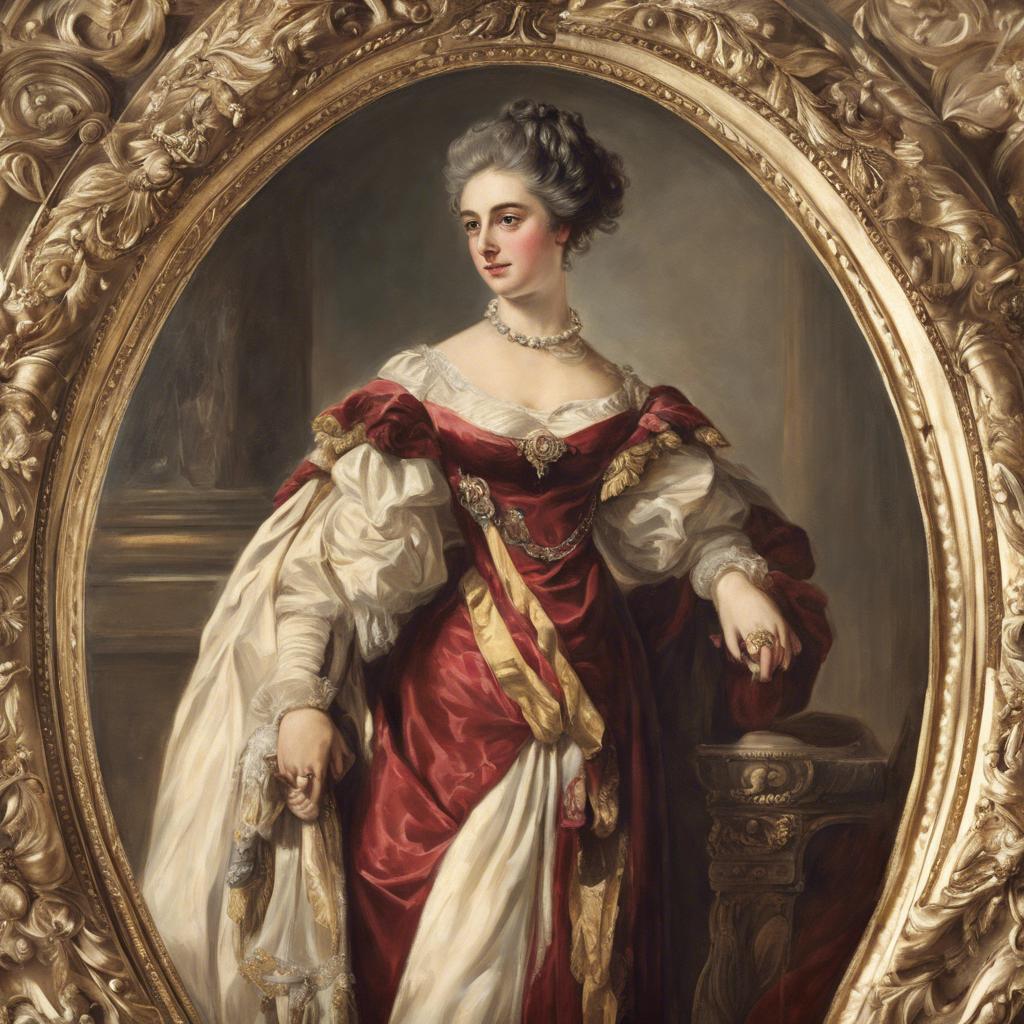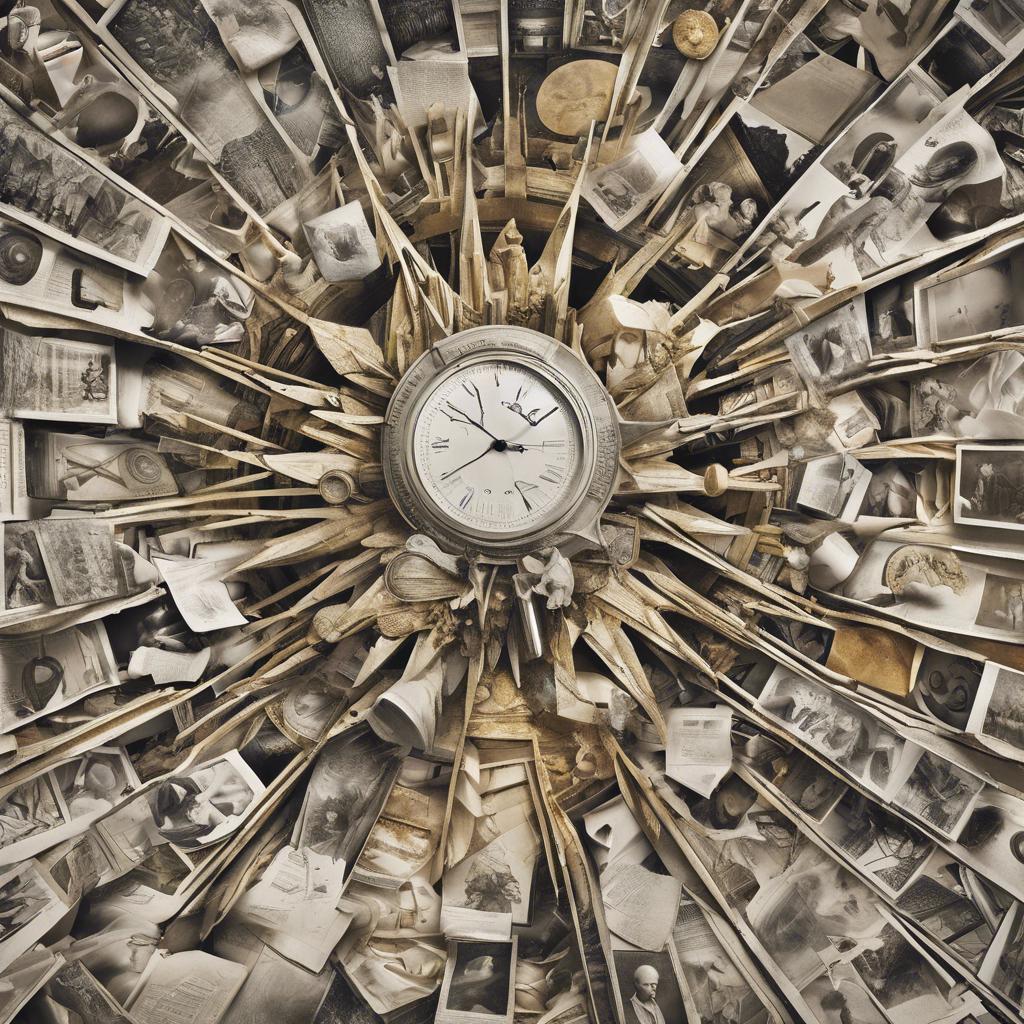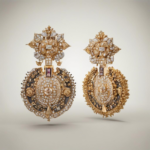In early 19th century England, the hierarchical structure of society was meticulously defined by intricate systems of ranks and titles. From the aristocracy to the common folk, each individual was placed within a strict social order that dictated status, privilege, and power. In this article, we will delve into the fascinating world of regency era ranks, exploring the intricacies of class distinction and the significance of social standing during this transformative period in British history.
Step Into the World of Cheryl Bolen
Dive into the enchanting stories of love, intrigue, and elegance set in the Regency Era. Cheryl Bolen's novels offer timeless romance and captivating tales that will leave you wanting more.
Explore Cheryl Bolen's Books Now
Regency Era Ranks: A Comprehensive Guide to Aristocratic Titles and Hierarchy
During the Regency Era, the British aristocracy was a highly structured society with a complex hierarchy of titles and ranks. Understanding these titles is essential to navigating the regency era the ton”>social circles of the time. Below is a comprehensive guide to the various aristocratic titles and their meanings.
Noble Titles:
- King or Queen
- Prince or Princess
- Duke or Duchess
- Marquess or Marchioness
- Earl or Countess
- Viscount or Viscountess
- Baron or Baroness
| Title | Rank |
|---|---|
| Duke or Duchess | Highest non-royal title |
| Earl or Countess | Below marquess and above viscount |
Social Hierarchy:
- Royalty – highest social ranking
- Nobility – below royalty, includes dukes, marquesses, earls, viscounts, and barons
- Gentry – below nobility, includes knights and esquires
- Commoners – lowest social class, includes peasants and tradespeople
Understanding the Social Structure of Regency England: Nobility, Gentry, and Commoners
During the Regency era in England, society was structured into three main classes: nobility, gentry, and commoners. Each class had distinct roles, privileges, and responsibilities that shaped the social hierarchy of the time.
Nobility:
- The highest class in Regency England, consisting of titled individuals such as dukes, earls, and barons.
- Nobility held significant social status, wealth, and political power.
- They were often landowners and played key roles in governance and society.
Gentry:
- The middle class, comprising of landowners, professionals, and merchants.
- Gentry members were typically wealthier than commoners but held lower social status than nobility.
- They often served as magistrates, military officers, and held other local positions of authority.
The Importance of Rank in Regency Society: Social Etiquette and Protocol
In Regency society, one’s rank held significant importance in dictating social interactions, etiquette, and protocol. The social hierarchy was meticulously structured, with individuals placed in different classes based on factors such as birth, wealth, and title. The adherence to rank was not just a matter of status, but a reflection of one’s place in society and the respect they were to be accorded.
**Key Aspects of Rank in Regency Society:**
– **Peerage:** Members of the peerage, such as dukes, earls, and barons, held the highest social rank and were treated with utmost deference.
– **Gentry:** The gentry class, consisting of landowners and professionals, occupied a respectable position below the peerage but above commoners.
– **Commoners:** Commoners made up the majority of society, including tradesmen, craftsmen, and laborers, and were expected to show deference to those of higher rank.
| Rank | Description |
|---|---|
| Peerage | Highest social rank, including dukes, earls, and barons. |
| Gentry | Respectable class of landowners and professionals. |
| Commoners | Majority of society, including tradesmen and laborers. |
Navigating the Complex World of Regency Ranks: Tips for Proper Addressing and Behavior
In the Regency era, understanding the intricate system of ranks and titles was crucial for navigating society with grace and poise. When addressing individuals of different ranks, it was important to use the appropriate titles and forms of address to show respect and courtesy. For example, when speaking to a duke or duchess, it was customary to address them as “Your Grace” in conversation or correspondence. Similarly, a viscount or viscountess should be addressed as “Lord” or “Lady,” respectively. Using the correct titles not only demonstrated one’s knowledge of social etiquette but also showed respect for the individual’s standing in society.
In addition to proper forms of address, behavior in the Regency era was governed by strict social rules and expectations. For example, it was customary for gentlemen to bow when greeting a lady or when being introduced to someone of higher rank. Ladies, on the other hand, were expected to curtsy as a sign of respect. Additionally, certain behaviors were considered inappropriate or unacceptable in polite society, such as speaking loudly, using coarse language, or engaging in scandalous behavior. Adhering to these social norms was essential for maintaining one’s reputation and standing in the community.
To help navigate the complexities of Regency ranks, it may be helpful to familiarize oneself with a guide to titles and forms of address commonly used during this period. Consulting resources such as “Debrett’s Peerage” or other historical references can provide valuable insight into the hierarchy of ranks, as well as the proper etiquette for addressing individuals of different social standings. By understanding and following these conventions, one can confidently navigate the world of Regency society with grace and sophistication.
The Conclusion
understanding the intricate hierarchy of ranks in the Regency era is essential to appreciating the social structure and dynamics of the time. From the highest echelons of society to the commoners, each individual was defined by their rank and status. By delving into this fascinating world of class distinctions and privileges, we gain a deeper insight into the complexities of Regency society and its lasting impact on history. As we reflect on the nuances of this era, we are reminded of the importance of rank and the power dynamics that shaped the lives of individuals in this period. The legacy of Regency ranks continues to be a rich tapestry of societal norms and customs that have left an indelible mark on our understanding of the past.


